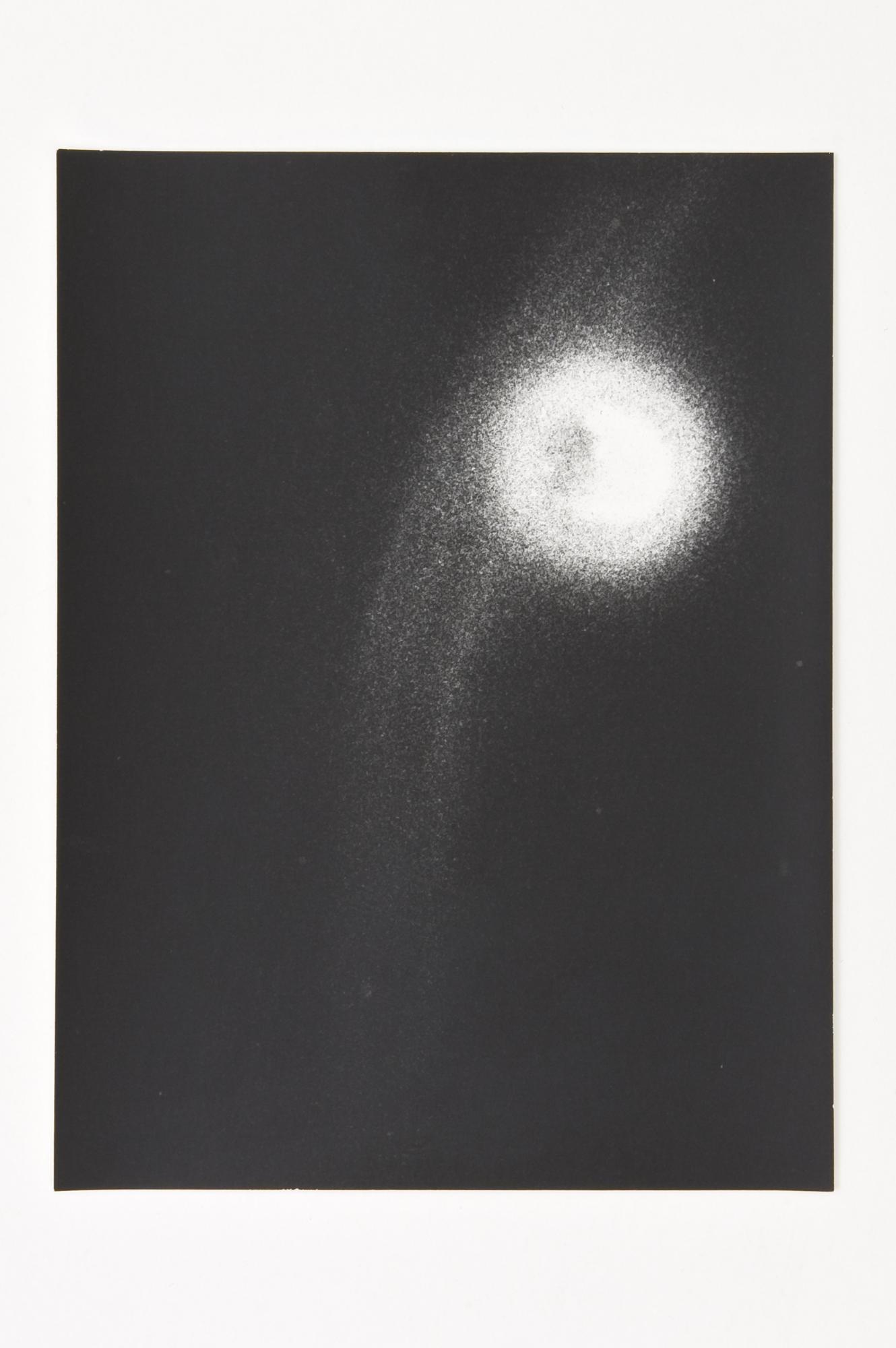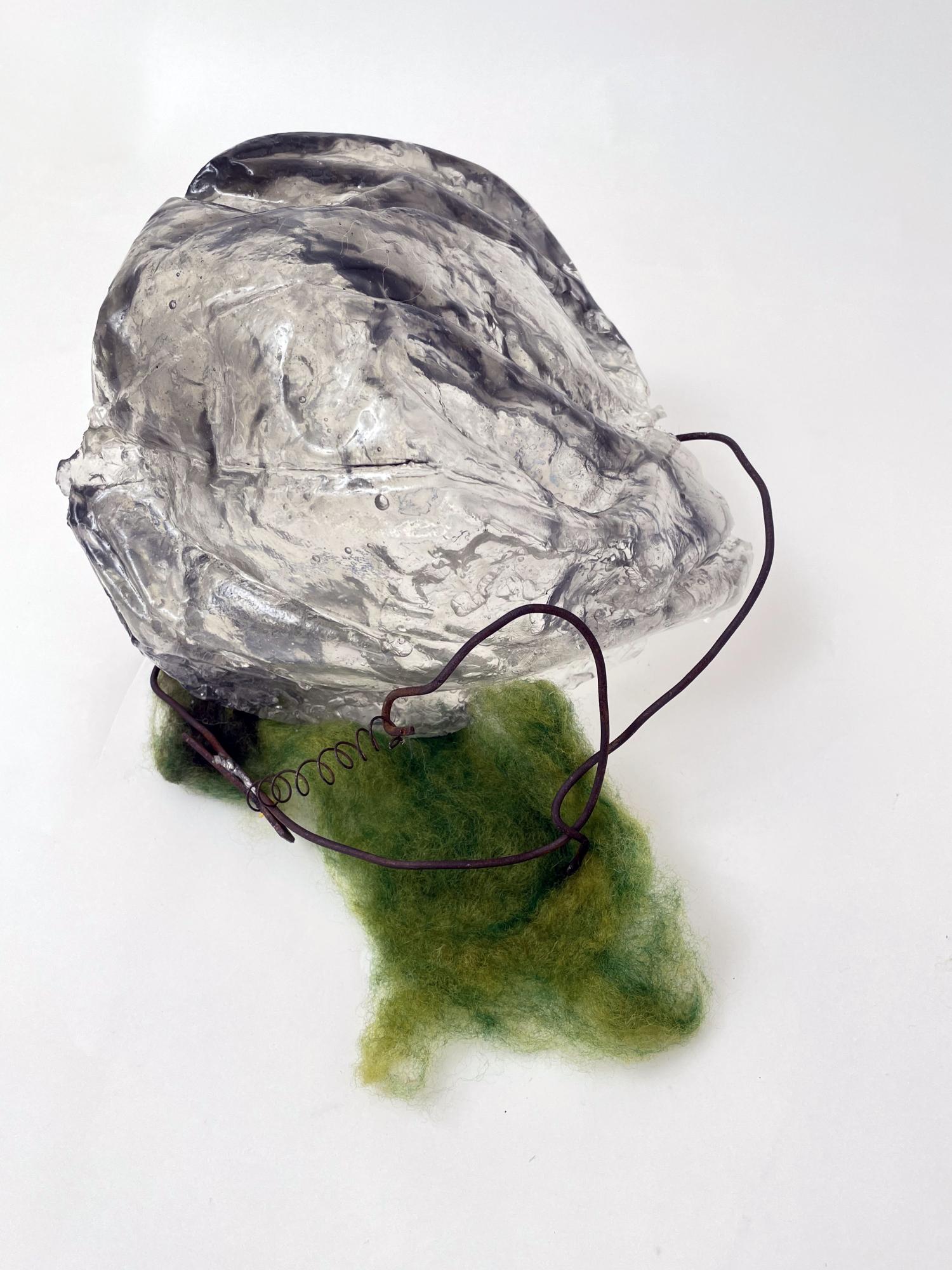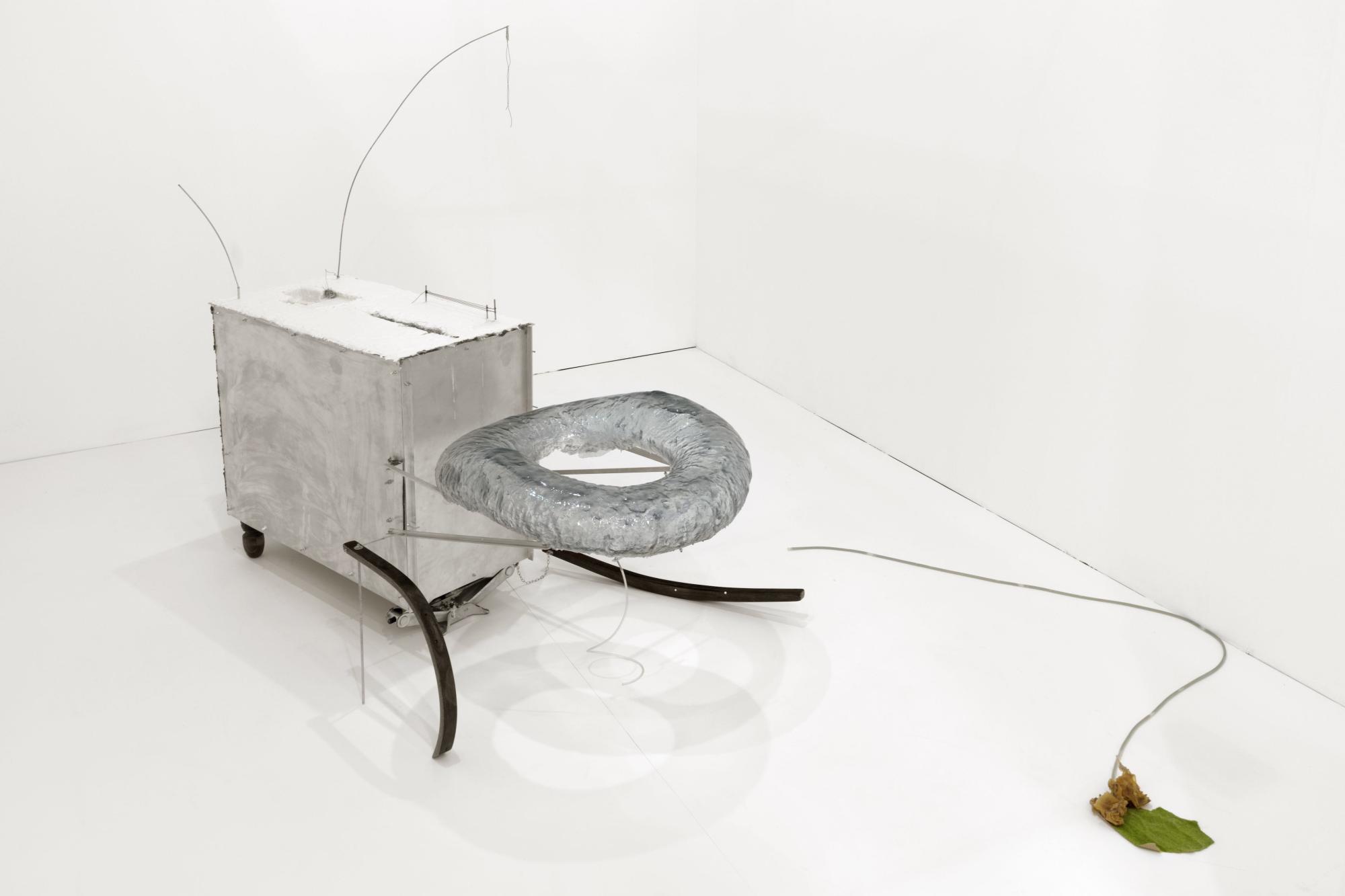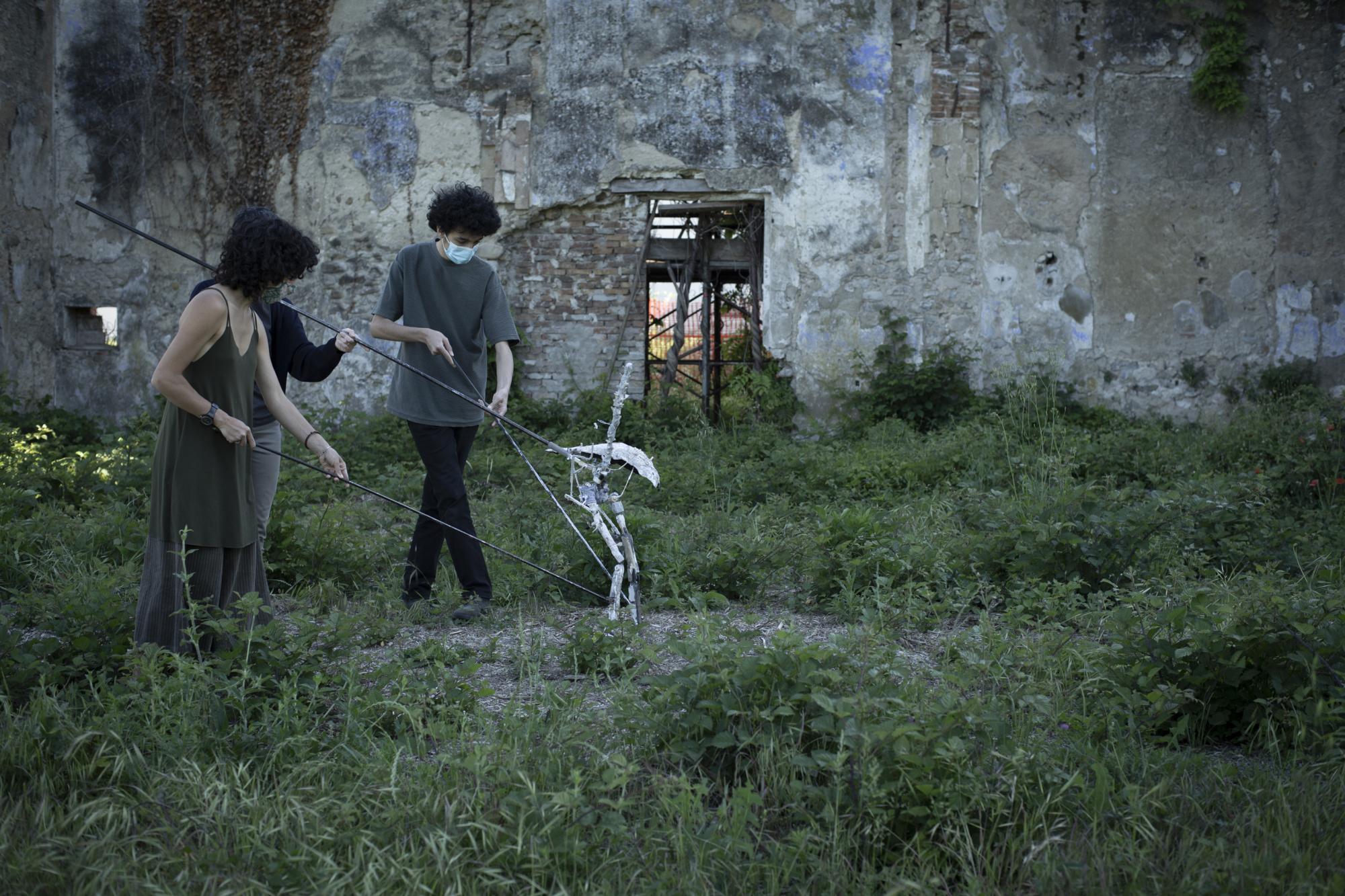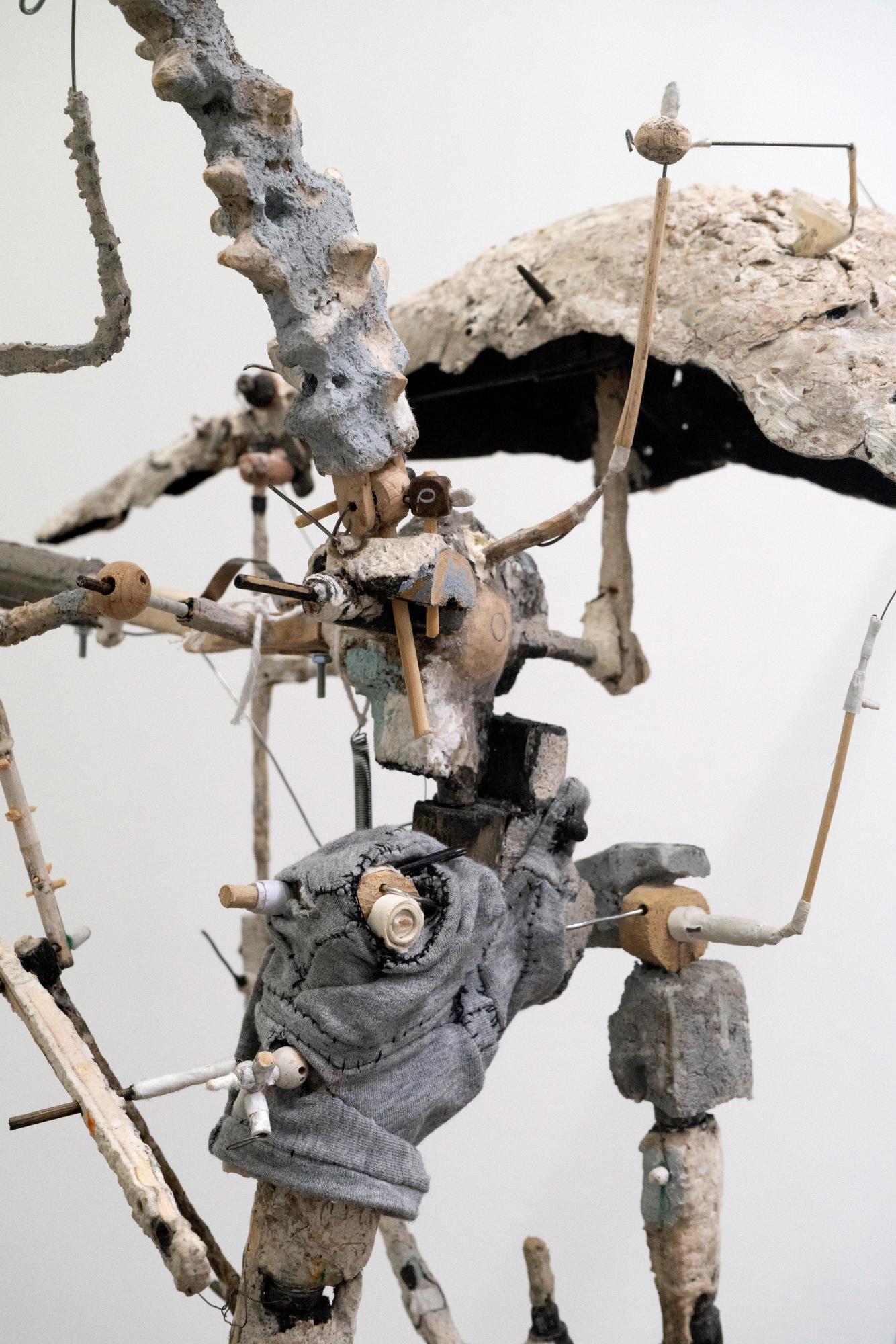
 Zurück
Zurück
Gregor Podnar
curated by Simone Menegoi


Simone Menegoi (1970) ist ein italienischer Kritiker und Kurator. Von 2019 bis Februar dieses Jahres war er Künstlerischer Leiter der Arte Fiera, der Kunstmesse in Bologna. Er hat eine Vielzahl von Ausstellungen kuratiert und verfügt über eine umfangreiche Publikationstätigkeit mit einem wiederkehrenden Schwerpunkt auf skulpturalen Praktiken und deren Dialog mit anderen Medien.
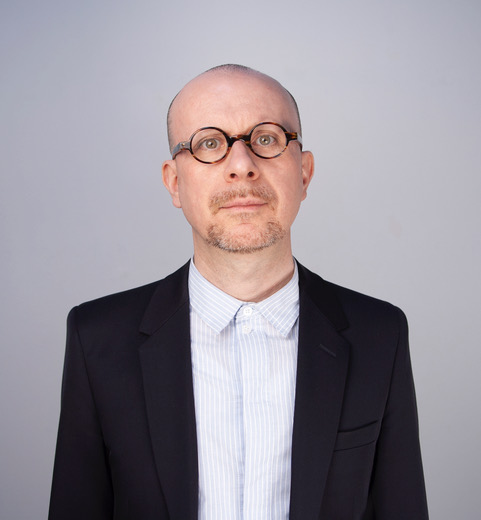
Urchin Compass
„Urchin Compass“ vereint Jochen Lempert, Nobuko Tsuchiya und Moe Yoshida: einen Fotografen, eine Bildhauerin und eine Künstlerin, die mit Skulptur, Zeichnung und Performance arbeitet. Ihr Dialog im Rahmen der Ausstellung ist intuitiv und visuell weniger konzeptuell – doch die Frage nach der Beziehung zwischen menschlichen und nicht-menschlichen Lebensformen ist ein gemeinsames Fundament aller drei, ebenso wie ihr Zugang dazu, der unsere anthropozentrischen Annahmen infrage stellt.
Die Schwarz-Weiß-Fotografien, die Jochen Lempert seit über dreißig Jahren aufnimmt – geprägt durch seine Ausbildung als Biologe – erkunden die Welt des nicht-menschlichen Lebens auf unerwartete, überraschende und zutiefst poetische Weise. Zugleich reflektieren sie über die Fotografie selbst (insbesondere die analoge), sowohl als Bild wie auch als physisches Objekt, als Dokument und als formale Komposition. Nobuko Tsuchiyas fragile Assemblagen aus gefundenen Objekten und Ersatzteilen erinnern an Hybride – manchmal verstörend, manchmal märchenhaft – zwischen Organischem und Technologischem, Tierischem und Pflanzlichem, Menschlichem und Nicht-Menschlichem. Sie werfen ein Licht auf das, was bereits die Natur der Welt ist, in der wir leben – und auf unseren eigenen Körper. Moe Yoshidas Skulpturen aus Pappmaché, Ästen, Draht und Stoff – schlank wie Figuren von Giacometti – bewegen sich zwischen Tier, Pflanze und Humanoidem. Ausgestattet mit funktionierenden Gelenken und Haltestäben, können sie bewegt und sogar zum Gehen gebracht werden. Dadurch entstehen Handlungen, in denen die Skulptur zur Erweiterung – ja sogar zum vollständigen Doppelgänger – des Körpers der Performerin wird.



